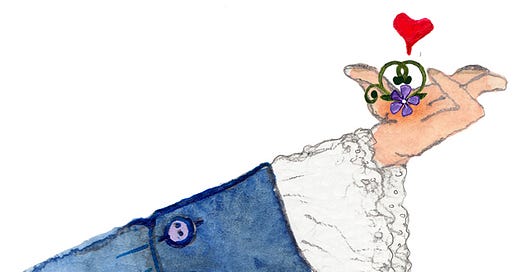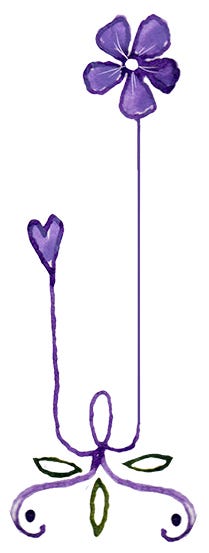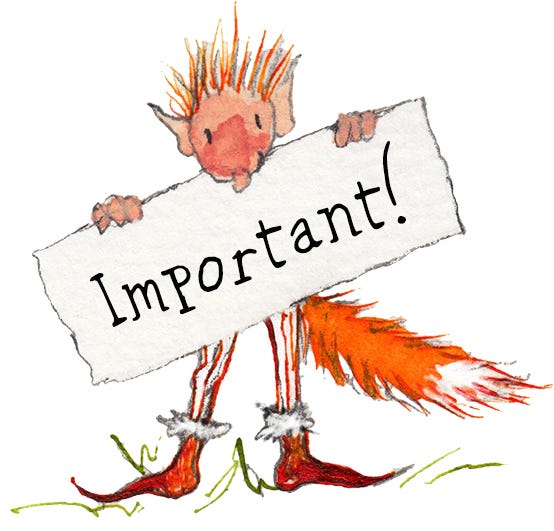Periwinkle comes from the Old English word Perwincem or Pervenke / Pervinke, which means to bind. This is because the long stems bind like magic binding spells. Thus another name for Periwinkle is Sorcerer's Violet (from old French Violette des sorciers).
Macer Floridus, French cleric and physician, who hand-wrote in his 11th century Herbal "De Viribus Herbarum" ("On the properties of plants"), that sorcerers used Periwinkle to get rid of what they called wykked spyritis, wild beasts, snakes and demonical possessions. Very handy to have some in your backpocket for all eventualities.
Even better than getting rid of evil spirits, Periwinkle is said to make wishes come true. Apuleius (AD 124-170), philosopher from Numidia (now Algeria), living in Rome, wrote these instructions in his book "Herbarium" (Herbal):
Pick one Periwinkle when the moon is nine nights old. When it is eleven nights pick another and then another at thirteen nights and at thirty nights and lastly when it's only one night old.
Then speak these words:
I pray thee, vinca pervinca, thee that art to be had for thy many useful qualities that thou come to me glad blossoming with thy mainfulness, that thou outfit me so that I be shielded and ever prosperous and undamaged by poisons and by water.
Good luck! Hope your wishes come true.
During the Middle Ages, the wise or cunning folk (non-professional practitioners of magic) used to make love charms from the periwinkle flowers.
In his "Boke of Secretes of Albertus Magnus of the Vertues of Herbs, Stones and certaine Beastes", Albertus Magnus (1200-1280), Magician, Alchemist and Bishop, wrote a recipe which uses of Periwinkle to make someone fall in love. Slight problem though, Periwinkle will dye any food blue, so difficult to hide in the soup and worse, it can give the object of your desire terrible diarrhea! Oops.
The name Periwinkle was first recorded in the 14th century. In Geoffrey Chaucer's time it was called Perwynke or Joy of the Ground. Even now it is still sometimes called Ground Ivy, as it binds its way close to the ground.
This newsletter is NOT a field guide for flower identification. It’s often difficult to tell the difference between harmless plants and poisonous plants and some flowers are rare and protected by law, so, NEVER pick or use any plants or flowers if you’re not sure about them.
illustrations and text ©Chantal Bourgonje












